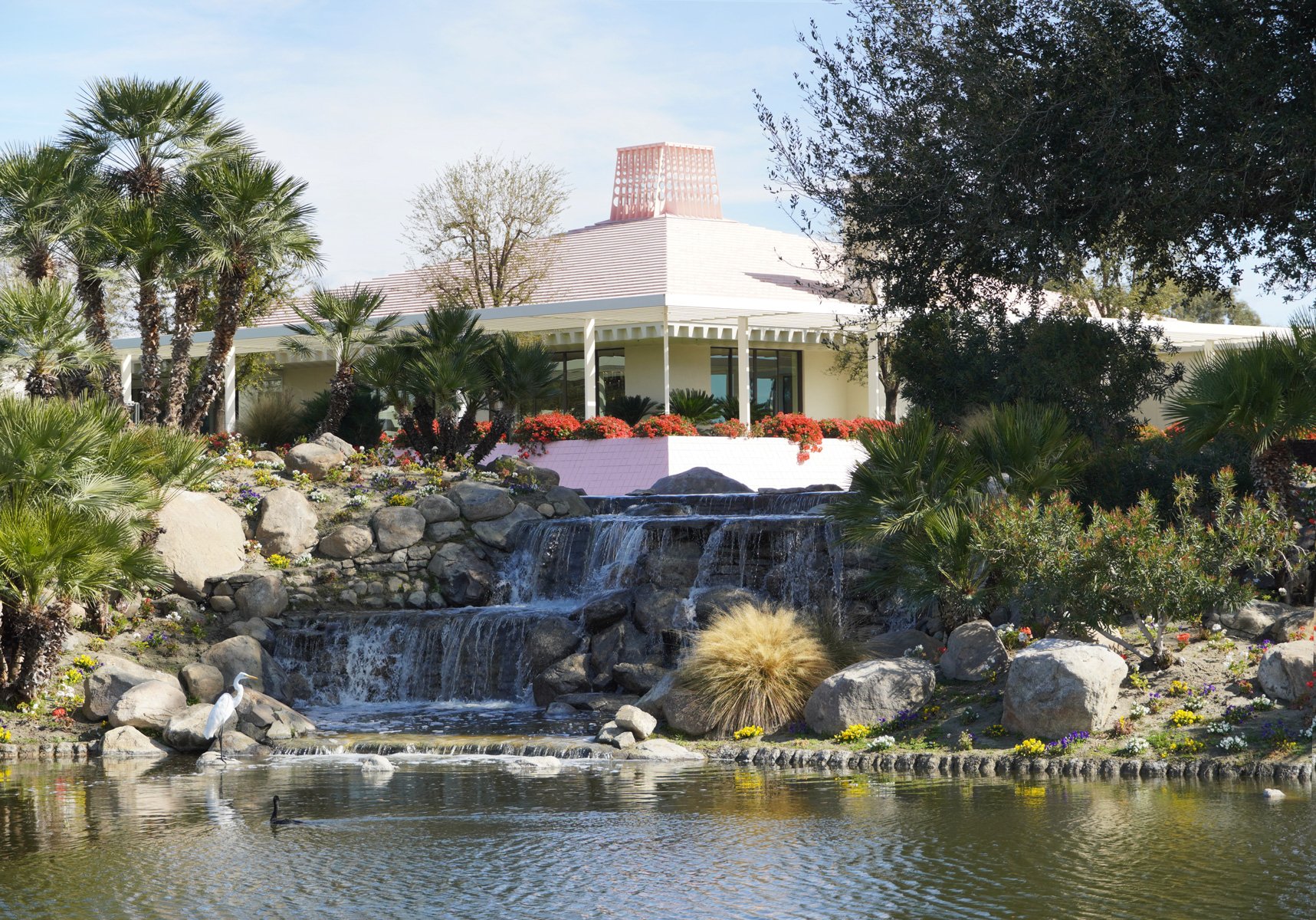Five Things to Learn From Palm Springs Architect William Krisel
William Krisel is one of Palm Springs’s most notable mid-century architects. He is best known for his tract developments in Palm Springs. Krisel produced fantastic modern architecture throughout his career while maintaining a “down to earth” approach. He never forgot that architecture was for people and must respect economy, constructability, and the market. Because of this approach, over 40,000 living units designed by Krisel have been built, with nearly 1,500 located in Palm Springs.
Krisel stands out as one of the most influential architects practicing in California during the mid-century. He had a sound philosophical grasp on architecture, was extremely talented at drawing, understood the outside forces affecting his work, and, most importantly, while others were fabricating grand manifestos on architecture, he was building architecture.
After studying his career and work, we extracted five things from Palm Springs Architect William Krisel. We hope you enjoy it.
1. Modernism as a Language and a Philosophy
“Modernism is not a style. It is not static. It is like French, English, Russian, Chinese or any language. The basic vocabulary - the words - remain the same over time, but it adapts to new conditions and new technology. It adds new words and enfolds them into the ongoing language.”
Krisel did not refer to himself as a “modern” architect. To him, modern implied a static, fixed style, capable of being outmoded in the future. Instead, he referred to himself as an architect who believed in modernism. For him, modernism was a philosophy, language, and a fundamental set of beliefs capable of changing and adapting to new conditions over time. Modernism is, therefore, a living idea constantly evolving.
In practice, many clients come to us asking for a particular style. When engaged in this discussion, we developed a similar take to Krisel. A philosophy and set of values guide the design rather than the superficial requirement to achieve a particular “style.” This approach often creates more interesting and varied results aesthetically as well.
2. Tract Homes and Architecture for the Masses
“I met men from all over the USA and from all walks of life… all of which I had not previously experienced. From this experience I became even more dedicated to creating well-designed modern homes for the masses.”
In the mid 1900’s many architects looked at tract developments as the work for draftsmen. William Krisel did not take this approach. He saw tract developments as an opportunity to learn, develop his skills and build a stable source or work to keep his practice supported.
Krisel operated between the pragmatic economics of the tract home developer and high modern design. He was able to successfully meet the requirements that the developers demanded while simultaneously injecting his modern philosophies and aesthetics into the projects. He did not see the economic restrictions of the developer as constraints in his work, rather he saw it as an opportunity.
When Krisel went into the service, he met and made relationships with people of all different cultures, social status and economic situations. From this exposure, he developed the idea that good design and architecture should be available to the masses, not just for the financially privileged.
3. Knowledge Outside of Architecture
Krisel understood that there were forces outside of architecture that influenced how a house was designed, built, and sold to a customer. He worked hard to understand the entire process and adapted their designs with a level of humility absent from many of the prominent architects of the day. His firm incorporated services such as marketing, sales, land acquisition, cost analysis, financing, landscaping, advertising, brochures, graphics, interiors, and the design of sales offices into their offerings.
This holistic approach and broad knowledge base made him more attractive to developers and allowed him to create more informed and honest pieces of architecture. His work did not pretend to be better than the realities of the conditions at the time; it was sober and realistic.
4. The Power of Reputation and Relationships
After working on tract home developments for the Alexanders, Krisel gained confidence and trust with the Alexander family. In 1962 the Alexanders hired Krisel to design a custom home for their family in Palm Springs. Krisel had the humility to start with smaller, less attractive tract homes and build rapport with a successful company. He was ultimately rewarded with a larger commission for a custom home through this path.
As an Architect, this development in Krisel’s career can teach us a valuable lesson about reputation and relationships. Gaining someone’s trust to guide them through the process of building a home can be a difficult sell. The most important tool we have as architects is our reputation and relationships with other industry professionals. Builders, developers, engineers, and banks can refer you to clients. That referral can make your job much easier because the client already has a level of trust in you.
Krisel’s relationship with the Alexander family allowed him to design and build one of the most iconic homes in Palm Springs. The house he designed for the Alexander family, commonly known as the House of Tomorrow, was a highly experimental home, with a series of octagonal pods organized, each containing a different room. Elvis and Priscilla Presley used it as their honeymoon retreat, which skyrocketed the notoriety and iconicity of the home. Photographs, postcards, and write-ups were distributed throughout the media, showing modern living to the masses.
5. The Importance of Landscape
“I don’t think of landscape architecture as a separate activity. I would no more ignore that aspect of the design or pass it to someone else than I would leave out the climate control or plumbing.”
Krisel’s had a profound and appreciative interest in Landscape Architecture. In 1954, he obtained his license to practice as a Landscape Architect in California. This allowed him to offer landscape design services with his homes.
After studying many of Krisel’s beautiful drawings, you will notice that his perspectives, plans, and elevations are always elaborately accompanied by highly detailed sketches of trees, shrubbery, ground cover, and hardscape. Adding these elements is a critical element that makes Krisel’s sketches so appealing and convincing. It is clear that he was thinking about the entire experience and environment around a building, not just the architecture.
For Krisel, the harmony of the exterior landscape and gardens with the architecture and interior spaces was critical. He could control the relationship between architecture and landscape by offering landscape design services. This created another income stream for the firm, often resulted in a more cohesive holistic design, and simplified the design coordination process for their clients.
Years after projects were completed, Krisel would visit the homes to observe how the architecture and landscape were performing. He diligently used this practice to refine his architectural material pallet and landscape plant pallet.
William Krisel is renowned for his impact on mid-century modern architecture, most notably for the development of tract homes he designed in California. His work was instrumental in the rise of modernism, and his influence can still be seen today in contemporary design. William Krisel left behind an impressive legacy that celebrates modernist philosophy.
Please contact us if you notice any errors or inconsistencies. We try to provide the most historically accurate information possible.
References:
Menrad, Chris, and Heidi Creighton. William Krisel's Palm Springs: The Language of Modernism. Gibbs Smith, 2016.
























Principal and Architect of ROST Architects, Mitchell Rocheleau, discusses the significance of The Grand Louvre designed by Architect I.M. Pei, the history of the Louvre, design process, design theory and ideas behind the project.